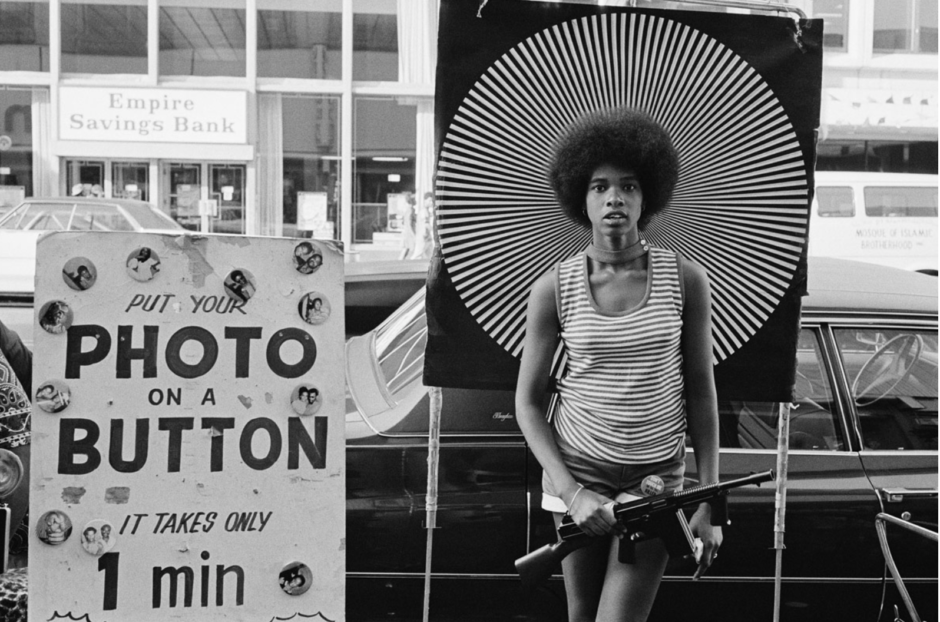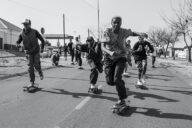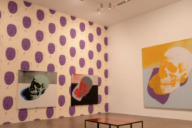ERNEST COLE – A HARLEM LENS IN EXILE
Renowned for his provocative photographs that captured the brutal reality of apartheid, Ernest Cole fled South Africa in 1966, soon to be declared stateless by 1968. In a 1969 television interview, Cole shared his aspirations for liberation from the pervasive racism he experienced daily. Settling into the pulsing heart of New York City, he turned his camera towards Harlem and Manhattan, vividly capturing the essence of life in a racialised America through the lens of everyday humanity.
Capturing Harlem and Manhattan’s Essence
Amid the fervent waves of the civil rights movement, Cole’s work emerged as a poignant narrative of Black awakening. His intuitive photographs, captured in both the intimacy of private spaces and the fervour of public arenas, resonated with the energies of Black Pride and Black Power. These images—spanning protests, politics, and the simplicity of daily life—challenged American societal norms in a profoundly transgressive manner.
Cole’s Perspective on American Racism
Yet, as Cole’s perceptive gaze documented an America in flux, his images laid bare a deep-rooted societal chasm. Living in exile, he confronted the grim realisation that the systemic injustices and segregation that plagued South Africa were just as entrenched in America. In Cole’s poignant reflection, he found no solace: “It wasn’t any better: there was no freedom.”
The exhibition showcases a selection of photographs taken between 1967 and 1972, a mere fraction of the 60,000 images Cole captured while in exile. A dramatic turn in his story unfolded in 2017 when thousands of his long-lost negatives were unearthed in a Stockholm bank vault, leading to the formation of the Ernest Cole Family Trust to safeguard his significant photographic legacy.
Born in 1940 in Transvaal, South Africa, and passing away in New York City in 1990, Cole’s life was marked by a relentless pursuit of truth through his lens. His only book during his lifetime, House of Bondage, was released in 1967. Posthumously 2011, the Hasselblad Foundation spotlighted his work in Ernest Cole: Photographer.
Cole’s early work, chronicling the horrors of apartheid for outlets like Drum magazine and the New York Times, propelled him to flee South Africa. Following his exile, he delved into street photography in North America and engaged significantly with Sweden’s Tiofoto collective between 1969 and 1971. However, the later years of his life saw a tragic decline, with Cole losing control of his work and succumbing to homelessness before his death from pancreatic cancer at 49.
Rediscovering and Preserving Cole’s Negatives
In 2017, rediscovering over 60,000 of Cole’s negatives marked a significant moment in the art world, now under meticulous examination and cataloguing. With the 2022 re-release of House of Bondage and the 2024 publication of The True America, Cole’s visual chronicles of Black life in the U.S. during the late ’60s and early ’70s have been brought to light, offering a new generation a window into his groundbreaking work.
Exhibition Highlights: A Glimpse into Cole’s World
This summer, Autograph presents the first exhibition of Ernest Cole’s photographs documenting New York City during the height of the civil rights movement in America.










No Comments